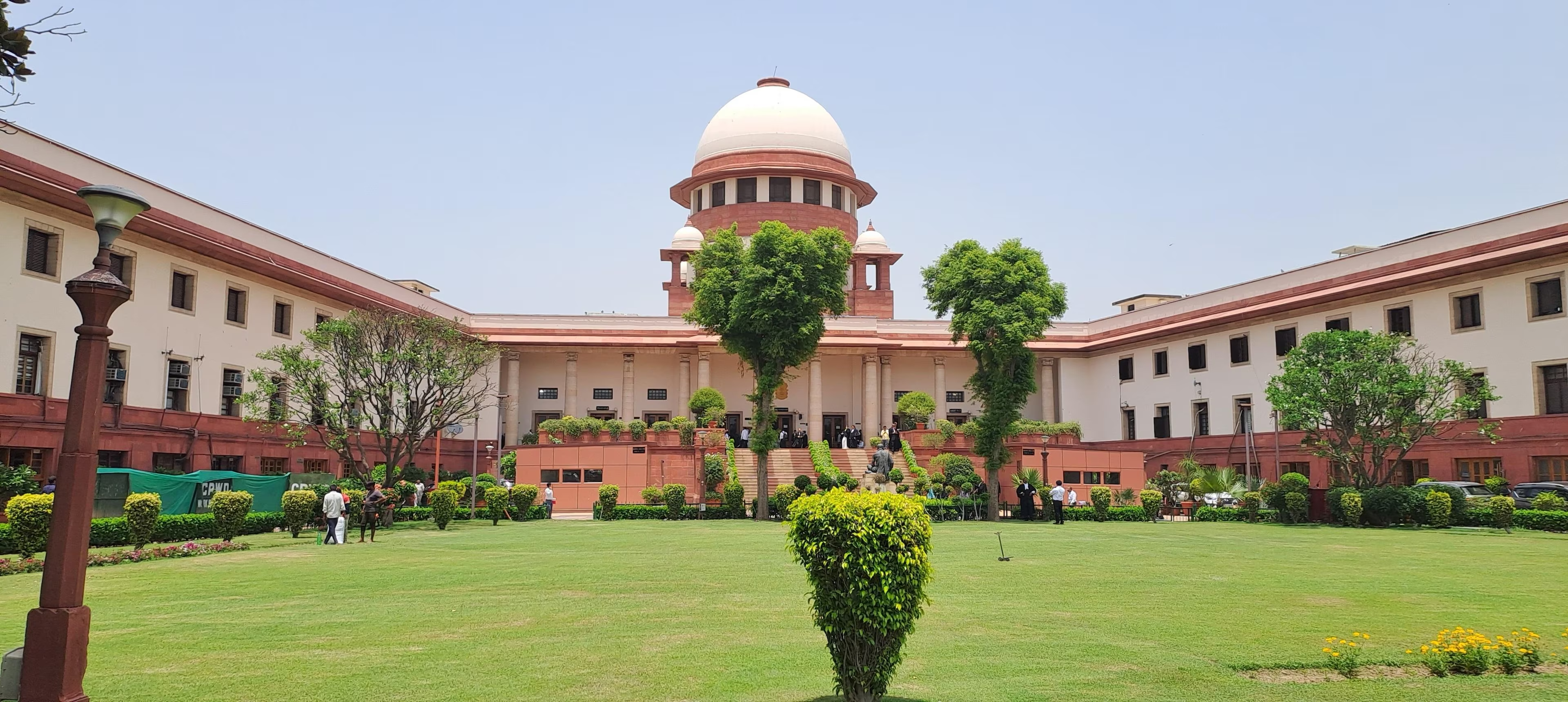- Courses
- GS Full Course 1 Year
- GS Full Course 2 Year
- GS Full Course 3 Year
- GS Full Course Till Selection
- CSAT
- 5 LAYERED ARJUNA Mentorship
- Public Administration Optional
- Online Program
- GS Recorded Course
- NCERT (Recorded 500+ Hours)
- Polity Recorded Course
- Geography Recorded Course
- Economy Recorded Course
- AMAC Recorded Course
- Modern India, Post Independence & World History
- Environment Recoded Course
- Governance Recoded Course
- Science & Tech. Recoded Course
- International Relations and Internal Security Recorded Course
- Disaster Management Module Course
- Ethics Recoded Course
- Essay Recoded Course
- Current Affairs Recoded Course
- ABOUT US
- OUR TOPPERS
- TEST SERIES
- FREE STUDY MATERIAL
- VIDEOS
- CONTACT US
Internationalisation of Rupee
Internationalisation of Rupee
28-10-2022

Internationalisation of Rupee
Why in News?
The Deputy Governor of the Reserve Bank of India (RBI) recently emphasized on the advantages and the risks associated with the internationalization of the rupee.
So, What is Internationalisation of Rupee?
- Internationalisation of the rupee is a process that involves increasing use of the local currency in cross-border transactions.
- It involves promoting the rupee for import and export trade and then other current account as well as capital account transactions.
- Current account and the Capital account are the 2 components of ‘Balance of payment’.
- While the current account deals mainly with the import and export of goods and services, the capital account deals with the cross-border movement of capital by way of investments and loans.
- As far as the rupee is concerned, it is fully convertible in the current account, but partially in capital account.
What is the Need for Internationalisation of Rupee?
- The dollar accounts for almost 88% of global foreign exchange market turnover, followed by the euro, Japanese Yen and Pound Sterling; the rupee accounts for a mere 1.7%.
- In case of the dollar, which is an international currency, the privileges include immunity from Balance of Payment crisis as the USA can pay for its external deficits with its own currency.
Various Advantages from Internationalisation of the Rupee are:
- Use of Rupee in cross-border transactions reduces currency risk for Indian businesses. Protection from currency volatility not only reduces cost of doing business, it also enables better growth of business, improving the chances for Indian business to grow globally.
- It reduces the need for holding foreign exchange reserves. While reserves help manage exchange rate volatility but they also impose a cost on the economy.
- Reducing dependence on foreign currency makes India less vulnerable to external shocks.
- As the use of Rupee becomes significant, the bargaining power of Indian businesses will improve and it will provide weight to the Indian economy, enhancing India’s global stature and respect.
Various Challenges from the Internationalisation of Rupee are:
- India is a capital deficient country, and hence needs foreign capital to fund its growth. If a substantial portion of its trade is in Rupee, non-residents will hold Rupee balances in India which will be used to acquire Indian assets. Large holdings of such financial assets could increase vulnerability to external shocks, managing which will necessitate more effective policy tools.
- A reduced role of convertible currencies in external transactions could lead to reduced reserve of foreign currencies.
- A global risk-off phase could lead non-residents to convert their Rupee holdings and move out of India.
Steps taken by India for the Internationalisation of Rupee are:
- In July 2022, the RBI has introduced a mechanism to facilitate international trade in rupees.
- Enabling external commercial borrowings in Rupees (especially Masala Bonds).
- The ‘Asian Clearing Union’ is also exploring a scheme of using domestic currencies for settlements.



